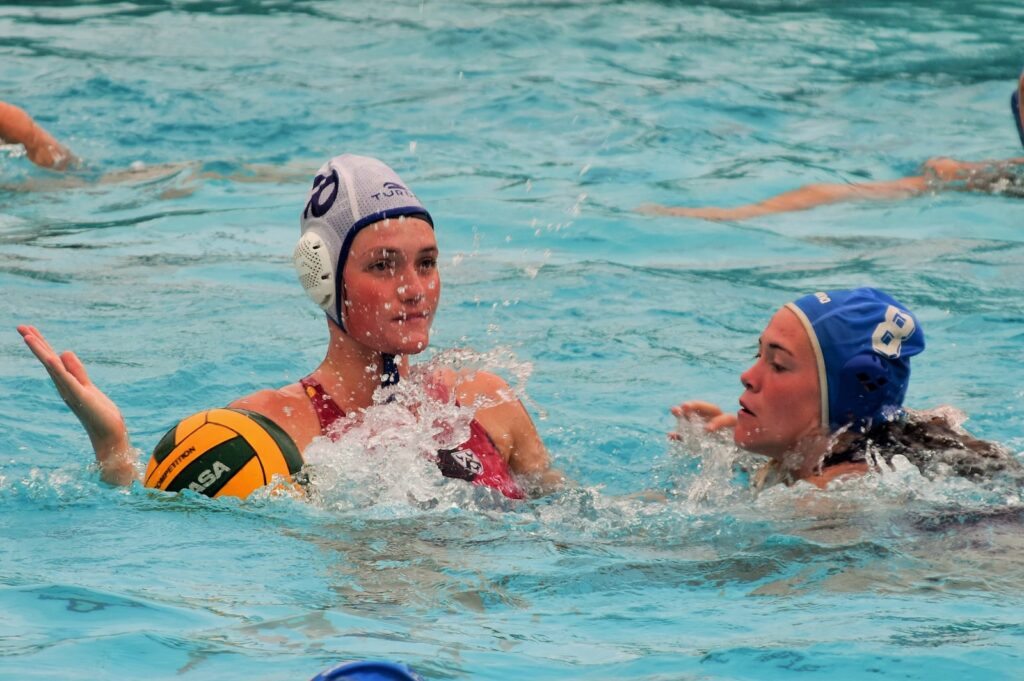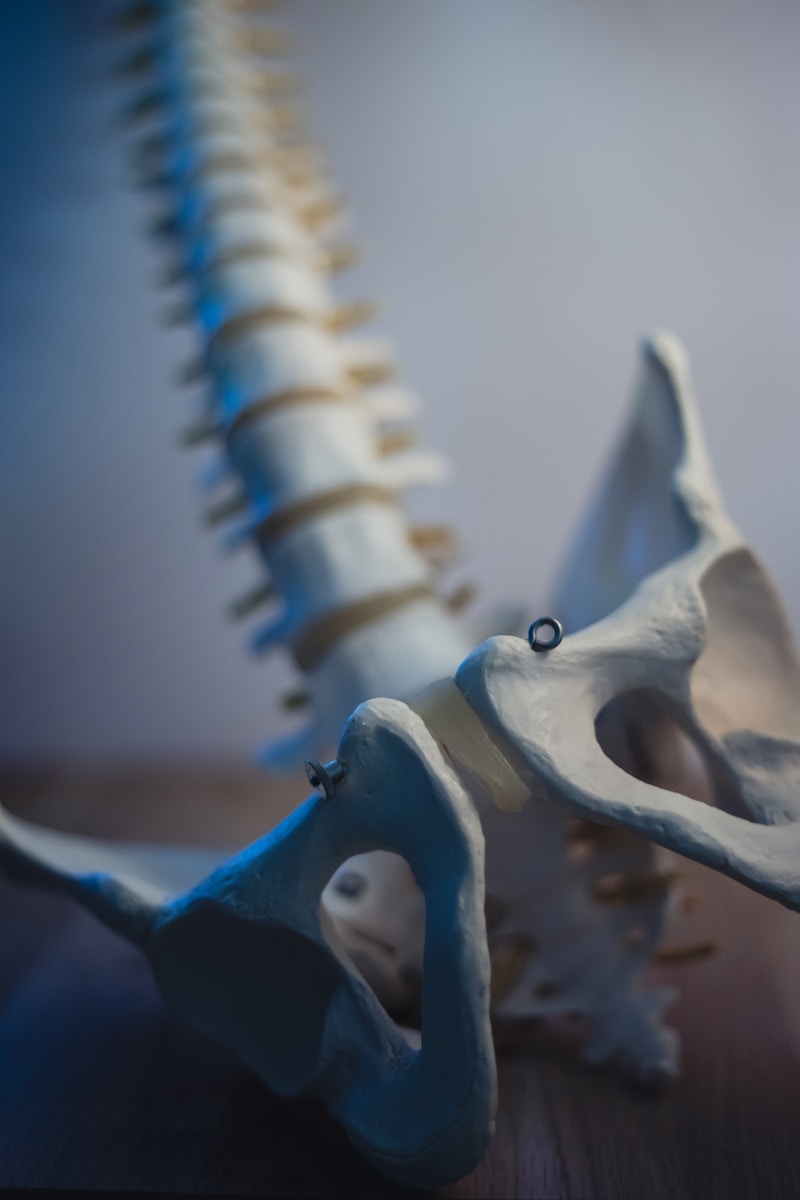Water polo is a fast-paced, physically demanding sport that requires strength, endurance, and agility. It also poses a risk of injury to players, which can range from minor bruises to more serious injuries like concussions. To help players stay healthy and perform at their best, this article will cover the targeted muscle groups in water polo, common injuries, and treatments, as well as recovery techniques for players.
Building Strength and Endurance
Water polo requires a combination of strength, power, and endurance. The muscles used in water polo include the upper body (chest, shoulders, arms, and back), core (abdominals and lower back), and legs (thighs and calves). To build strength and endurance in these areas, players should focus on exercises that mimic the movements used in water polo, such as:
- Swimming laps
- Treading water with weights
- Push-ups and pull-ups
- Lunges and squats
- Medicine ball throws
- Plyometric exercises like jump squats and box jumps
Preventing Common Injuries
Water polo players are at risk of a variety of injuries, including concussions, fractures, dislocations, and sprains. To prevent these injuries, players should follow proper safety protocols and wear appropriate gear, such as:
- A well-fitting helmet to protect the head from impacts
- Mouthguards to protect teeth and prevent concussions
- Protective goggles to protect the eyes from stray elbows or fingers
- Properly fitting swimsuits to avoid drag in the water
- Water shoes or socks to protect the feet and prevent slipping
Additionally, players should warm up and stretch before each game or practice to prepare their muscles for the demands of water polo.
Treating Water Polo Injuries
If a water polo player does sustain an injury, it’s important to seek medical attention as soon as possible. Some common injuries and treatments include:
- Concussions: Rest, hydration, and monitoring for symptoms like headache or dizziness
- Fractures: Immobilization with a cast or brace, and rest
- Dislocations: Immobilization and reduction (putting the joint back into place)
- Sprains: Rest, ice, compression, and elevation (RICE), and physical therapy
Recovery Techniques for Players
Recovery is an important part of preventing injuries and improving performance in water polo. Some strategies for recovery include:
- Adequate sleep to promote muscle repair and growth
- Proper hydration to prevent cramping and improve circulation
- Foam rolling or massage to loosen tight muscles and increase blood flow
- Cross-training with low-impact exercises like yoga or cycling to give the body a break from the demands of water polo
- A balanced diet that includes carbohydrates, protein, and healthy fats to fuel the body and aid in muscle recovery
In conclusion, water polo is a physically demanding sport that requires a combination of strength, endurance, and agility. By focusing on targeted muscle groups, following proper safety protocols, seeking prompt medical attention for injuries, and implementing recovery strategies, players can stay healthy and perform at their best.






